
From pets in our homes to hunters, in the wild domestic cats (felis catus) have a fascinating evolutionary journey that spans thousands of years. Delving into their origins helps us understand how these mysterious creatures have adapted and flourished in environments. Lets uncover the narrative of how domestic cats have evolved from their ancestors and how their behavior and physical traits have changed over time.
The Heritage of Felines
The ancestry of cats can be traced back millions of years to the Felidae family, which includes both day cats and their wild cousins. The earliest felid predecessors emerged around 25 million years ago during the Oligocene period. These primitive felines were carnivores resembling todays mongooses, equipped with features for hunting prey.
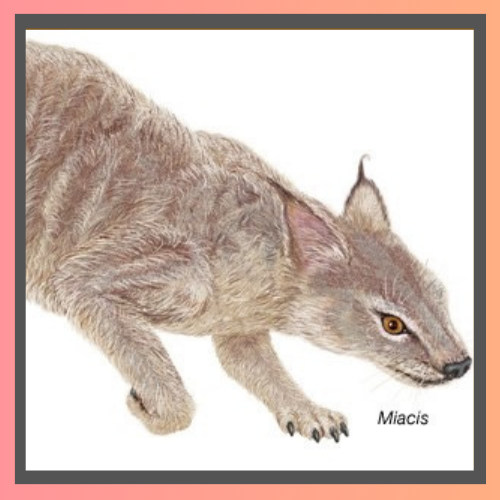
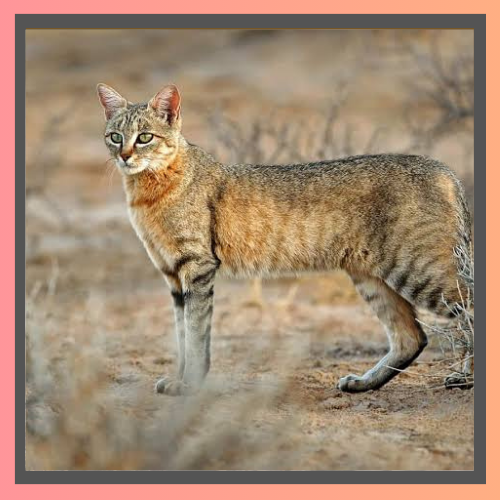
The Rise of Genuine Cats
Between 10-15 million years ago the first true cats (genus felis) emerged in Eurasia and Africa. These early felids shared similarities with cats like the wildcat (felis silvestris) and possessed retractable claws a strong sense of smell and exceptional night vision—adaptations, for hunting in dim lighting conditions.
The story of how domestic cats came to be traces, to the wildcat (felis lybica) which roamed parts of Africa, Europe and Asia. 9,000 years ago in the Near East (modern day Cyprus and Israel) a symbiotic bond started forming between humans and wildcats. The wildcats were drawn to settlements due to the presence of rodents attracted to stored grains. As time passed these wildcats grew more accustomed to company eventually leading to their domestication.
The process of taming cats was likely an one as wildcats adapted to living alongside humans in a beneficial way. Cats proved their worth by keeping pests at bay, which made them valued members of farming communities. Historical evidence indicates that domestic cats were highly regarded and were eventually carried along trade routes spreading their influence far and wide.
Transitioning from the wild into life brought about changes in both behavior and physical traits for cats. Through centuries of breeding by humans domestic cats have evolved into breeds, with distinct characteristics. Despite these transformations domestic felines still exhibit behaviors inherited from their wild predecessors like hunting instincts marking territories and engaging in social interactions.
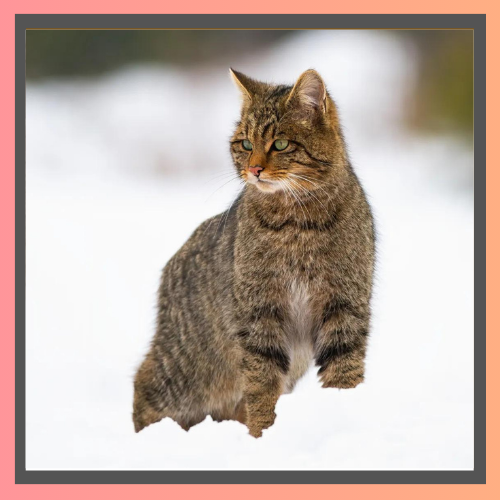
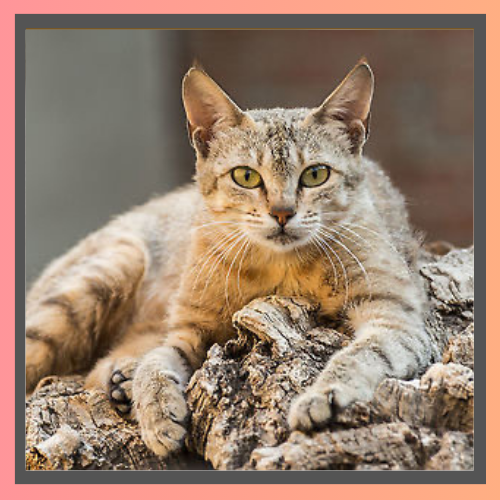
Cats Behavior Evolution
Household cats have adjusted their behavior to live alongside humans while still displaying some traits of their ancestors. They demonstrate hierarchies communicate using sounds and body movements and showcase impressive problem solving skills. These behaviors are deeply rooted in their history as hunters and territorial creatures.
Physical Changes
Physiologically domestic cats have evolved to thrive in settings. Their sharp senses of hearing, smell and night vision are adaptations that help them hunt and navigate their environment effectively. Cats also have a spine and strong muscles that allow them to make movements and leap on prey, a characteristic inherited from their agile forebears.
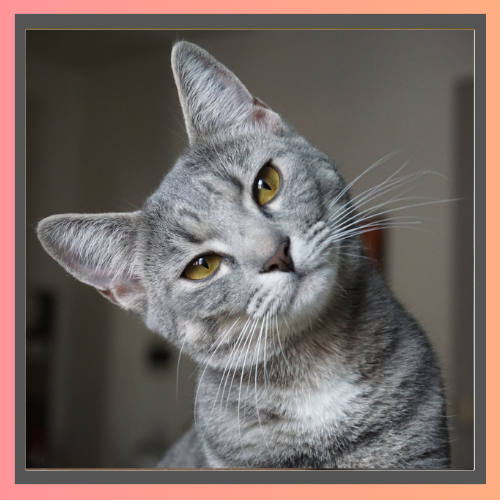
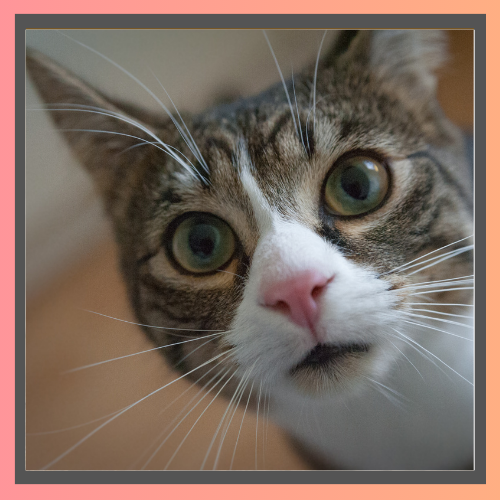
The Present Day Cat
In todays world domestic cats are among the pets globally valued for their companionship and self sufficiency. Even though they have been domesticated cats still retain adaptability and survival instincts enabling them to thrive in different environments, from cities to countryside farms.
Closing Thoughts
The evolutionary journey of cats showcases their resilience and versatility as a species. Starting as hunters centuries ago to becoming companions. In households worldwide cats have undergone a remarkable transformation shaped by millennia of living alongside humans.
Exploring the history of cats enhances our admiration, for these captivating creatures. Underscores the relationship between nature and human impact, on our environment.
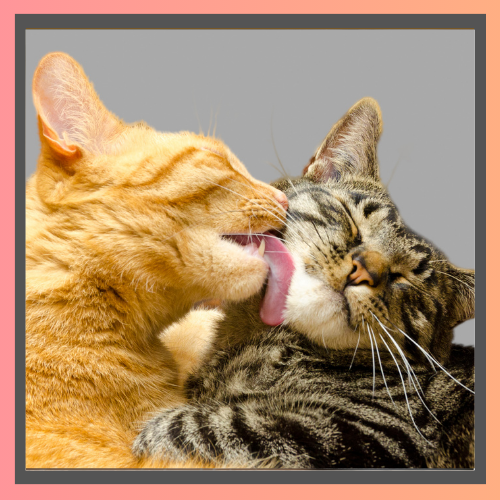
References:
• Evolution of Felidae. https://www.wildcatfamily.com/felidae-evolution/
• The Evolution of House Cats. https://www.scientificamerican.com/article/the-taming-of-the-cat/
• Behavioral Ecology of Domestic Cats. https://research-repository.st-andrews.ac.uk/handle/10023/2730
• Physiological Adaptations in Felids. https://bestfedcats.com/the-cats-unique-physiological-adaptations-to-carnivory/


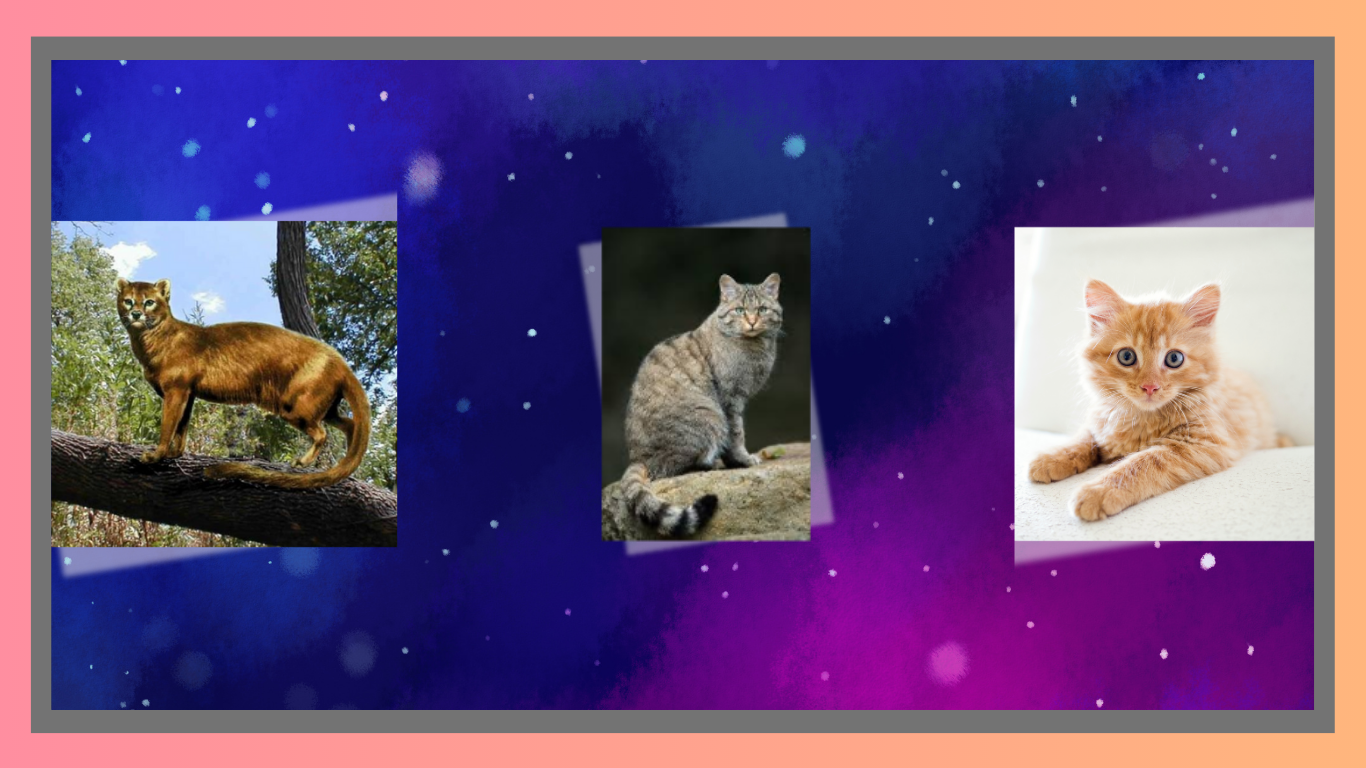


Thanks for sharing. I read many of your blog posts, cool, your blog is very good.
Thanks for sharing. I read many of your blog posts, cool, your blog is very good.
Thanks for sharing. I read many of your blog posts, cool, your blog is very good.
Thanks for sharing. I read many of your blog posts, cool, your blog is very good.
Thanks for sharing. I read many of your blog posts, cool, your blog is very good.